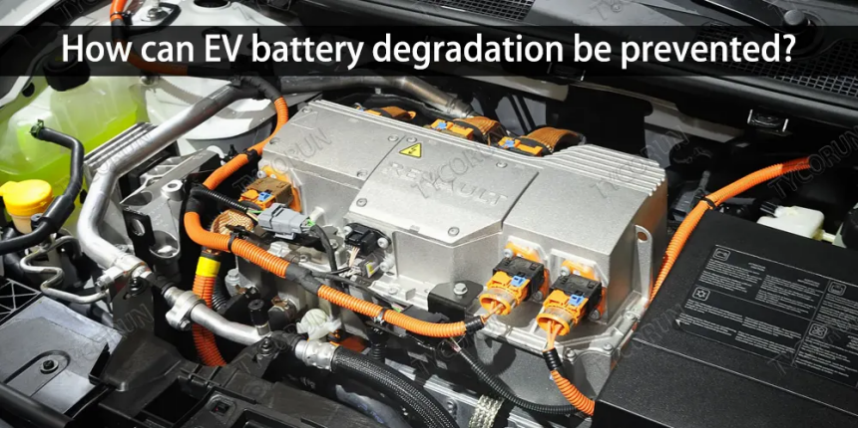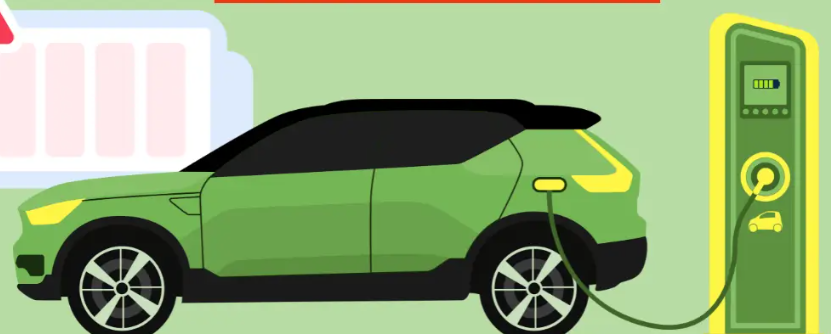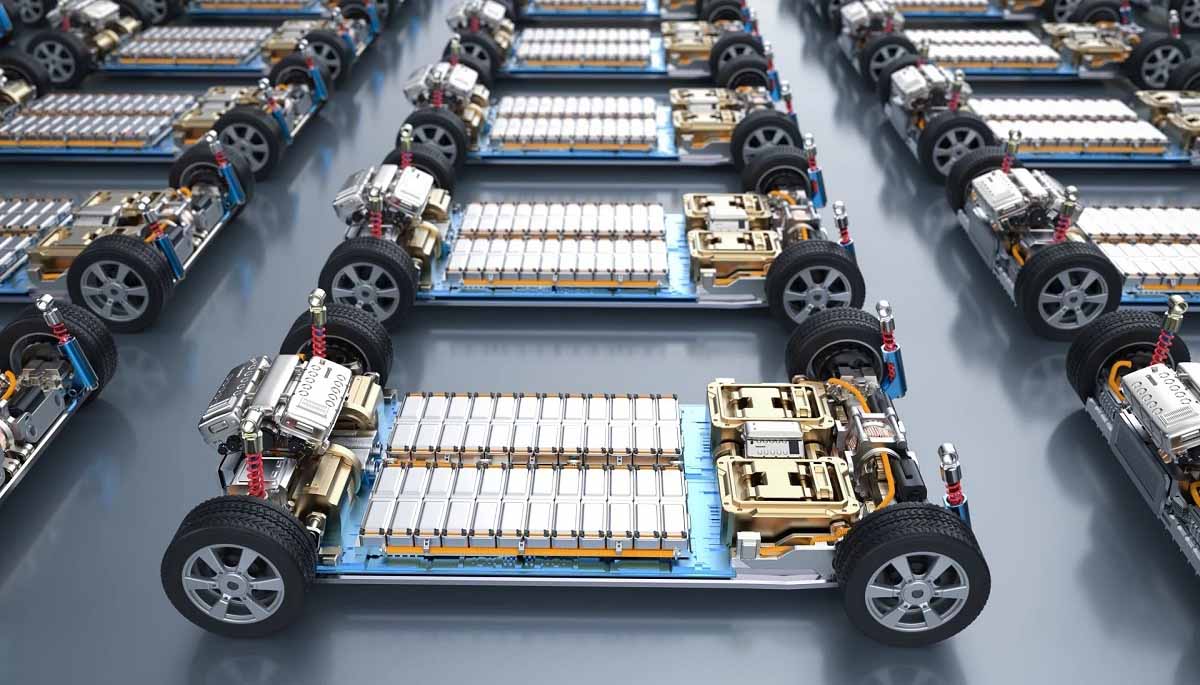
THE STORY: MARCO’S UNEXPECTED BATTERY WOES IN MADRID
When Marco bought his electric hatchback in 2022, he imagined years of smooth, low-cost driving around Madrid. By 2025, though, his once-reliable 300-kilometer range had dropped to 220 kilometers—enough to make his weekly commute to Toledo a stressful race against the battery gauge. He visited his dealership, hoping his warranty would cover a battery check, only to learn a harsh truth: most factory warranties only protect against “sudden failure,” not gradual degradation. His battery’s capacity had fallen to 73% of its original level—just below the 75% threshold many manufacturers use to deny claims. Replacing the battery would cost nineteen thousand euros, a sum he couldn’t afford on short notice. “I felt trapped,” Marco recalls. “I bought an EV to save money, but now it felt like a financial time bomb.” That’s when a friend mentioned EV Battery Degradation Insurance—a solution he’d never considered.

THE SOLUTION: WHAT BATTERY DEGRADATION INSURANCE ACTUALLY COVERS
For Marco, signing up for a policy with a Spanish insurer changed everything. Unlike factory warranties, EV Battery Degradation Insurance focuses on the gradual loss of capacity that plagues many EVs after 2–3 years of use. Most 2025 policies cover batteries that drop below 70–75% capacity within the insurance term (typically 3–5 years), offering two key benefits:
First, replacement or repair coverage. If the battery degrades beyond the agreed threshold, the insurer covers the cost of a new battery or professional reconditioning. For Marco, this meant no more worrying about a nineteen-thousand-euro bill—his policy capped his out-of-pocket cost at five hundred euros for a replacement. Second, convenience perks. Many insurers in 2025 include free battery health checks (via app-connected diagnostics) and temporary rental cars while the battery is being replaced. “I got a rental EV for a week while my battery was swapped,” Marco says. “It didn’t disrupt my commute at all.”
In the U.S., similar policies have gained traction. A California-based driver might pay two hundred and fifty dollars per year for coverage that includes battery replacement up to twenty thousand dollars, plus coverage for damage from extreme temperatures— a common cause of accelerated degradation in states like Arizona and Texas.

2025 TREND: WHY THIS INSURANCE IS BECOMING A MUST-HAVE
2025 has seen a surge in demand for EV Battery Degradation Insurance, driven by two factors. First, EV adoption has boomed—over 35% of new car sales in Europe and 25% in the U.S. are electric—meaning more drivers are facing post-warranty degradation. Second, early EV owners (like Marco) are hitting the 3–5 year mark, where battery capacity often drops below 80%. A 2025 study by the European Automobile Manufacturers Association found that 42% of EV drivers worry more about battery degradation than range anxiety.
Insurers have responded with tailored options. Allianz in Europe now offers “EV Battery Guard,” which adjusts coverage based on driving habits (e.g., less for drivers who charge slowly, which reduces degradation). In the U.S., Progressive’s “BatteryShield” uses AI to predict degradation risks, sending alerts to drivers before capacity drops too far. “It’s not just about fixing problems,” says a Progressive spokesperson. “It’s about helping drivers protect their investment long-term.”
WHY IT MATTERS: BEYOND THE BOTTOM LINE
For Marco, the insurance wasn’t just about saving money—it was about regaining confidence in his EV. “Now I can plan road trips to Barcelona without checking the battery every five minutes,” he says. For many drivers in 2025, EV Battery Degradation Insurance solves a key barrier to EV ownership: the fear of unexpected costs. As one insurer puts it, “It turns ‘what if’ into ‘we’ve got you.’”
In a year where sustainability and cost savings are top priorities, this insurance isn’t just an add-on—it’s a safety net. Whether you’re commuting in Madrid or road-tripping across California, it ensures your EV stays reliable, affordable, and ready for the road.





